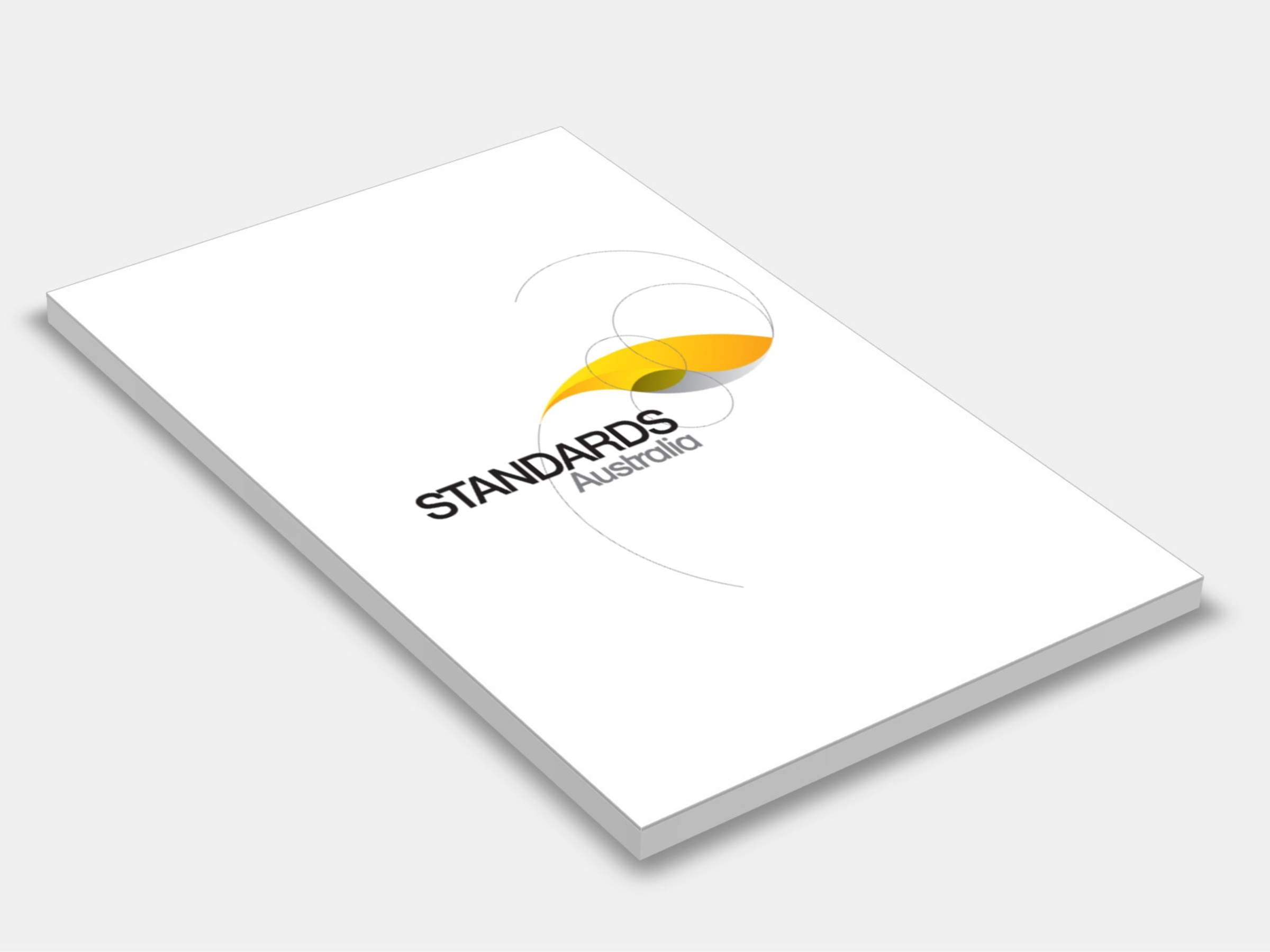
Type
Publisher
Standards Australia
Publisher
Standards Australia
Version:
Fourth Edition 2007.
(Current)
Short Description
Specifies the requirements for hot-rolled carbon, carbon-chromium, nickel-chromium-molybdenum and silicon-manganese spring steels which are in either the as-rolled, annealed or normalized condition.
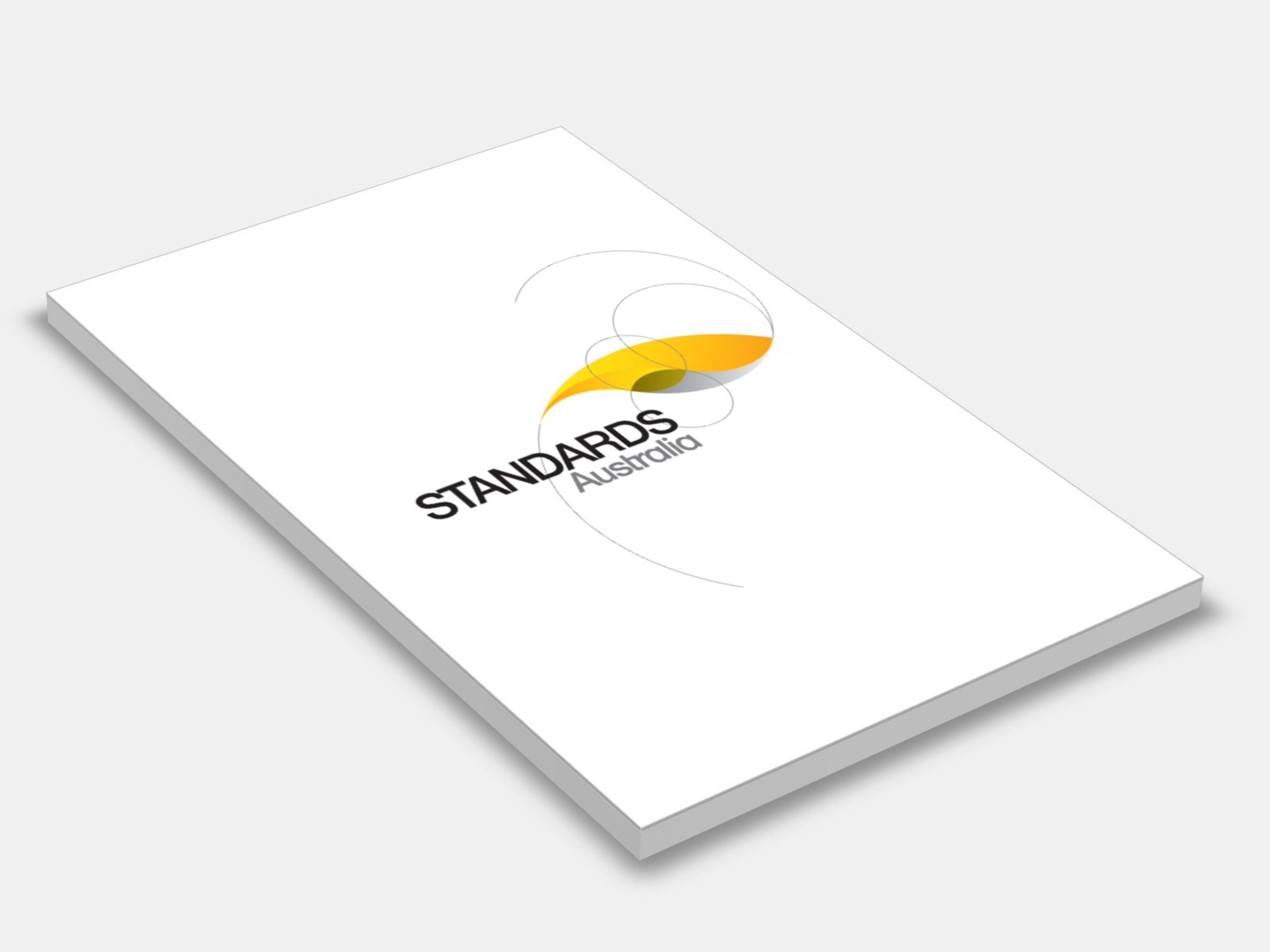
Type
Publisher
Standards Australia
Publisher
Standards Australia
Version:
Third Edition 2014.
(Current)
Short Description
This Standard provides general requirements and information for the methods in the AS 1289 series. It provides the following: (a) A list of related documents. (b) Definitions. (c) General requirements for apparatus used in a number of the methods and a list of Standards with which that apparatus is required to comply. (d) Soil groups for use in a number of the methods and related provisions.
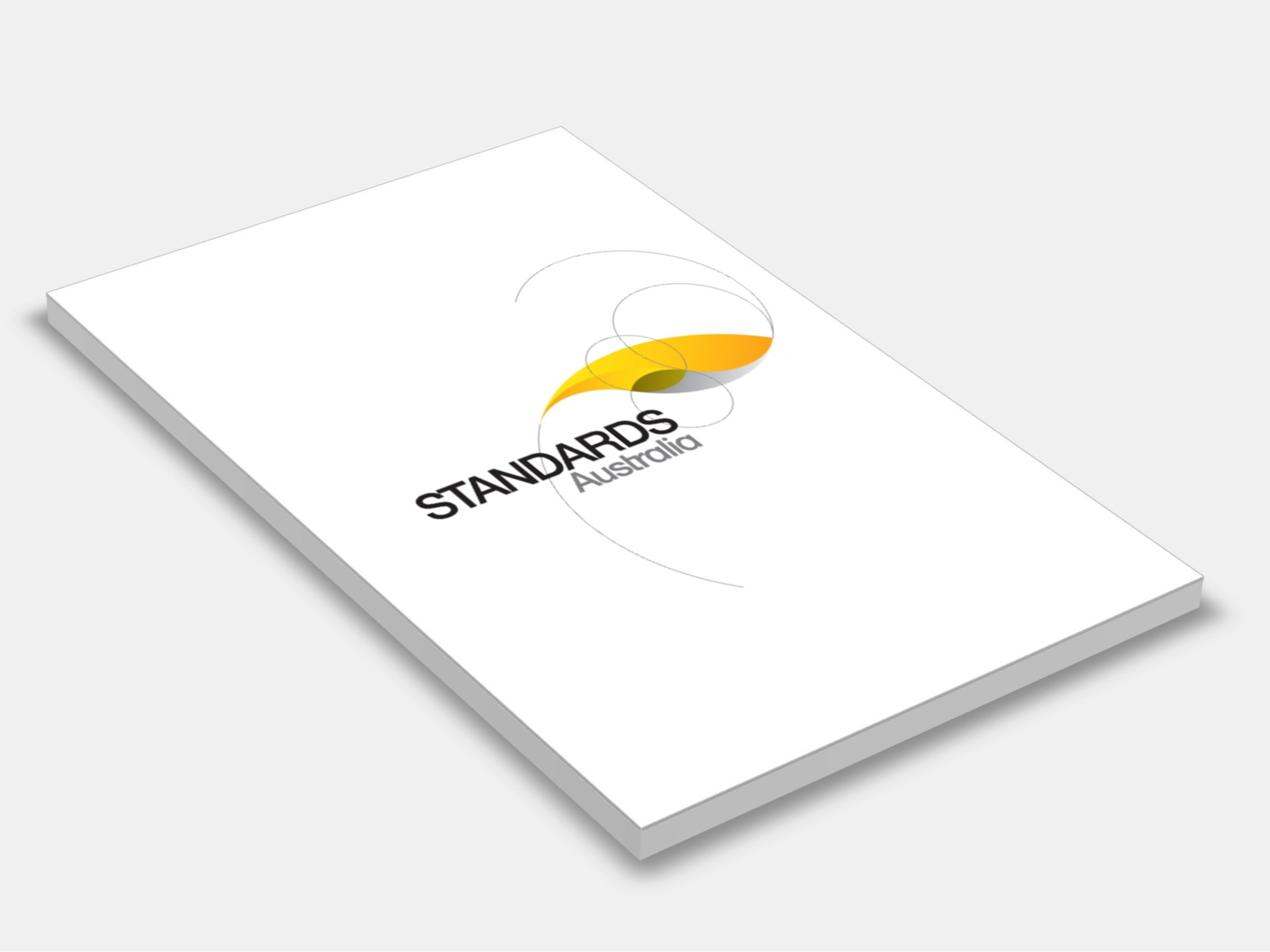
Type
Publisher
Standards Australia
Publisher
Standards Australia
Version:
First Edition 2001.
(Current)
Short Description
Specifies a range of methods for testing mortar used, or being investigated for use, in the construction of masonry in accordance with AS 3700. It does not cover mortar to be used in thin bed construction.
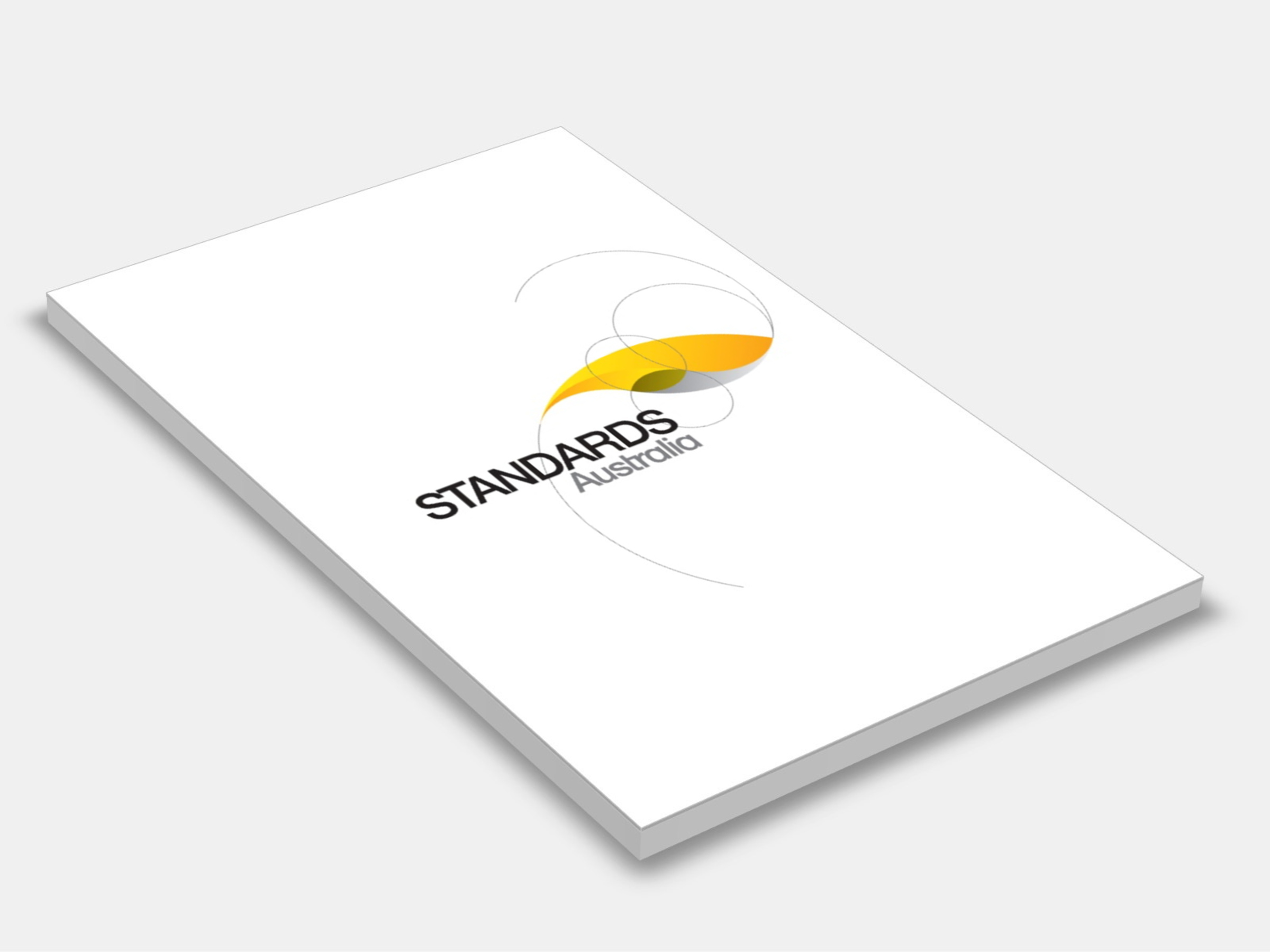
Type
Publisher
Standards Australia
Publisher
Standards Australia
Version:
First Edition 1980.
(Current)
Short Description
States the level of fire propagation acceptable for the use-surface of any textile floor covering when ignited using a small ignition source. The methenamine tablet used for the test is specified in AS 2111.18.
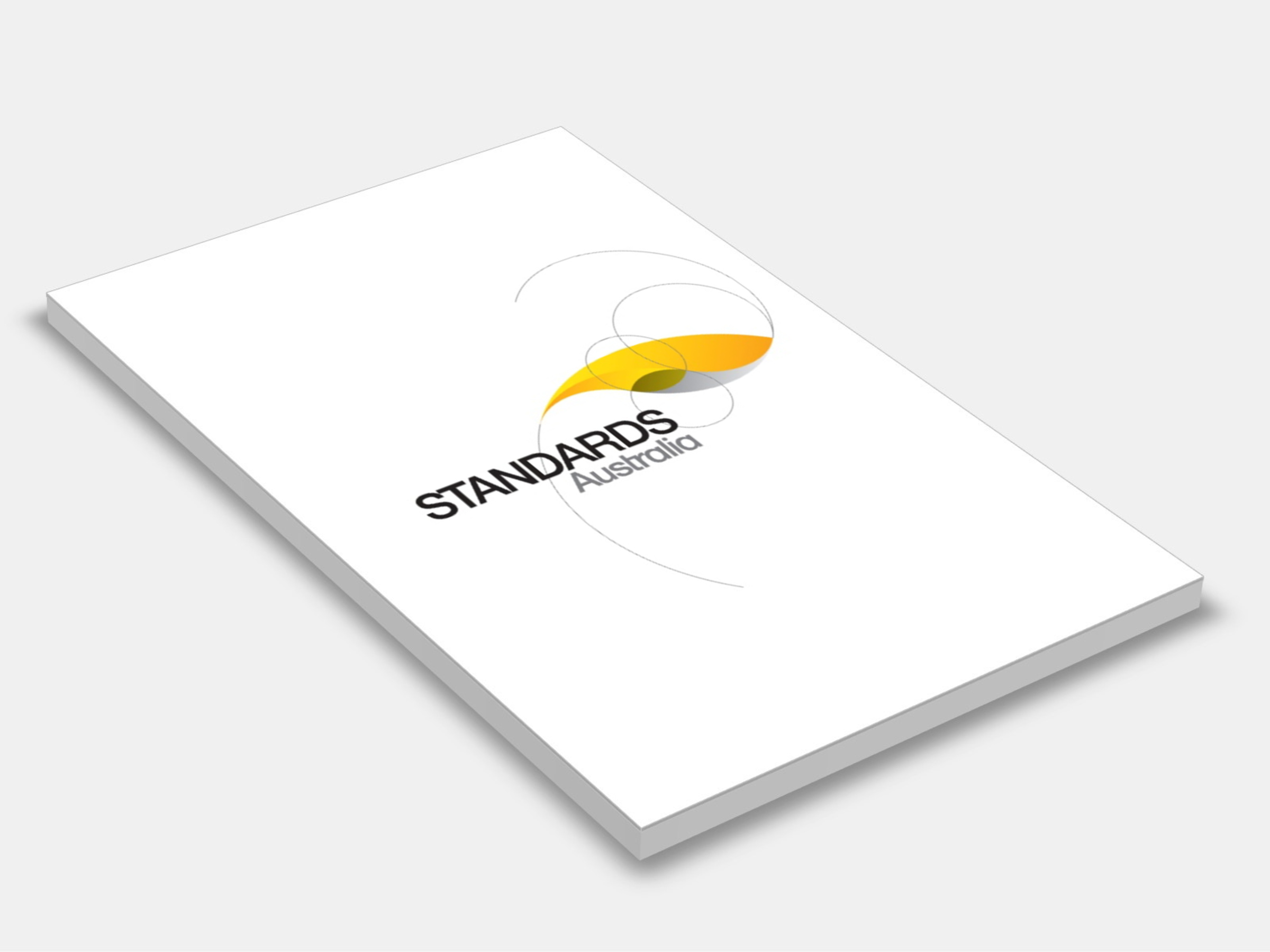
Type
Publisher
Standards Australia
Publisher
Standards Australia
Version:
First Edition 2013.
(Current)
Short Description
Adopts ISO 10545-6:2010, which specifies a test method for determining the resistance to deep abrasion of all unglazed ceramic tiles used for floor coverings.
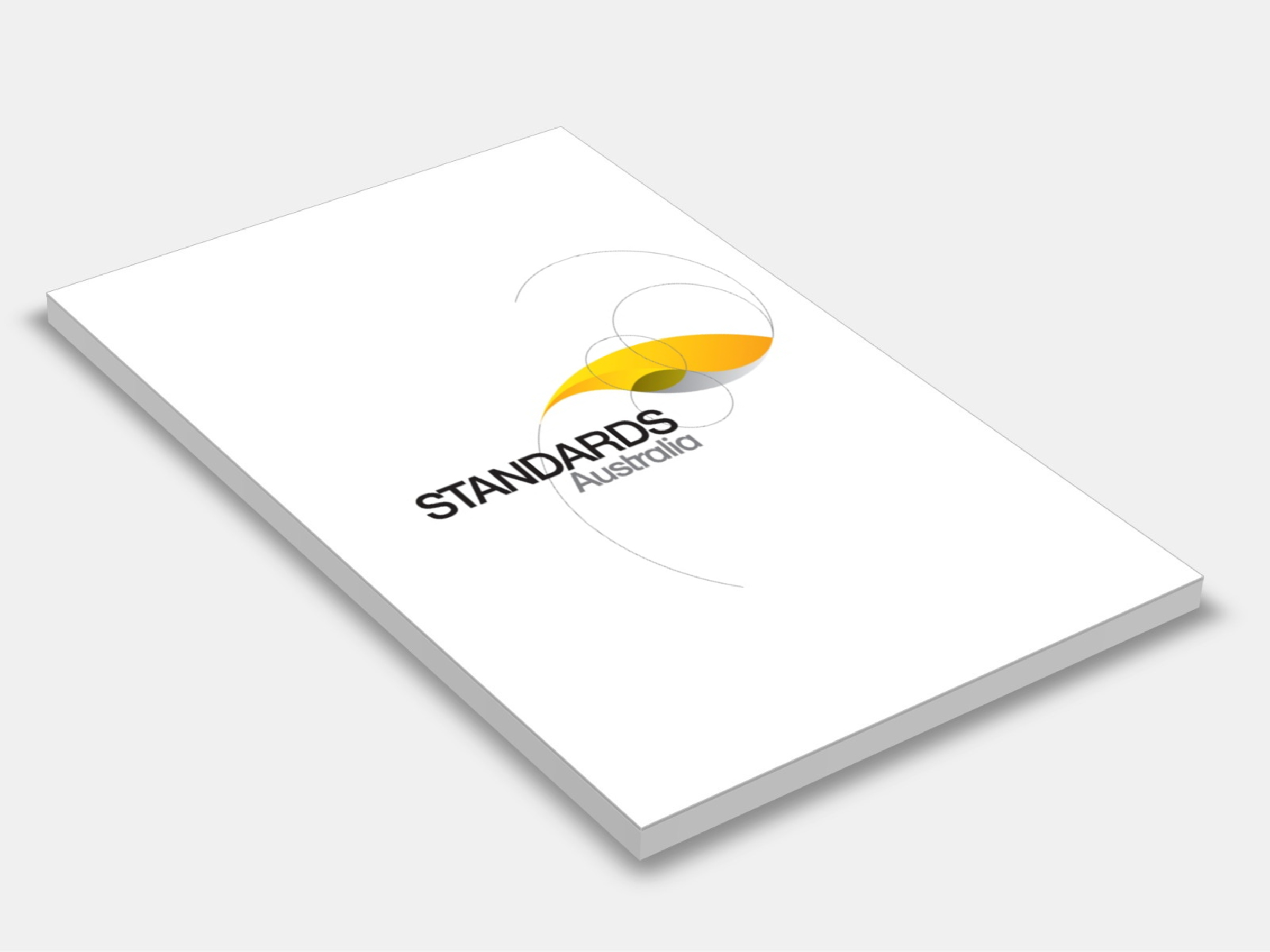
Type
Publisher
Standards Australia
Publisher
Standards Australia
Version:
Second Edition 1996.
(Current)
Short Description
Specifies procedures for determining the initial and final setting times of mortar sieved from fresh concrete mix, the slump of which is greater than zero, using penetration resistance needles. This Standard is also applicable to fresh mortar and grout.
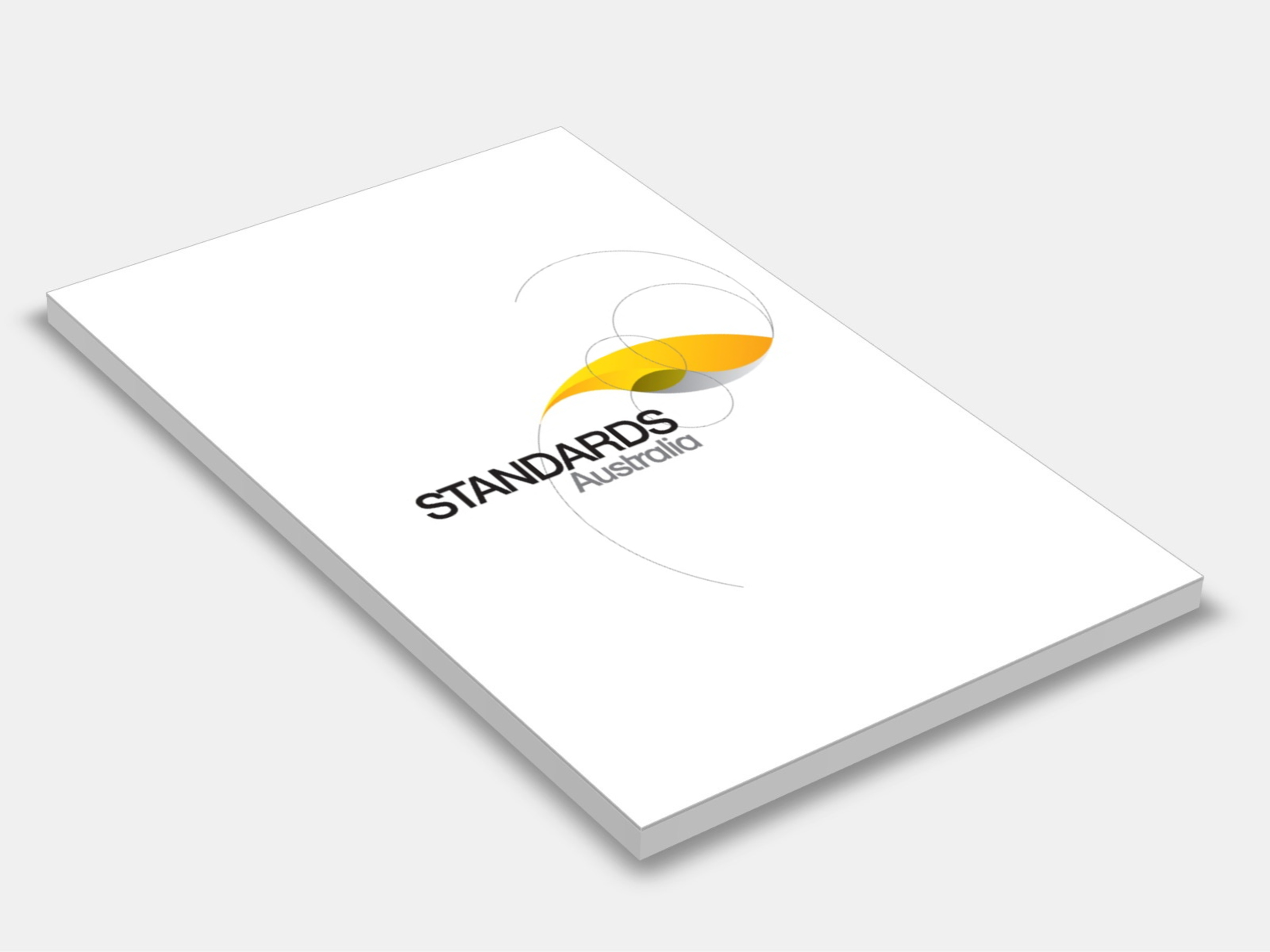
Type
Publisher
Standards Australia
Publisher
Standards Australia
Version:
Third Edition 2016.
(Current)
Short Description
The objective of this Standard is to set out the requirements for slag for use as a cementitious material in concrete, mortar and related applications.
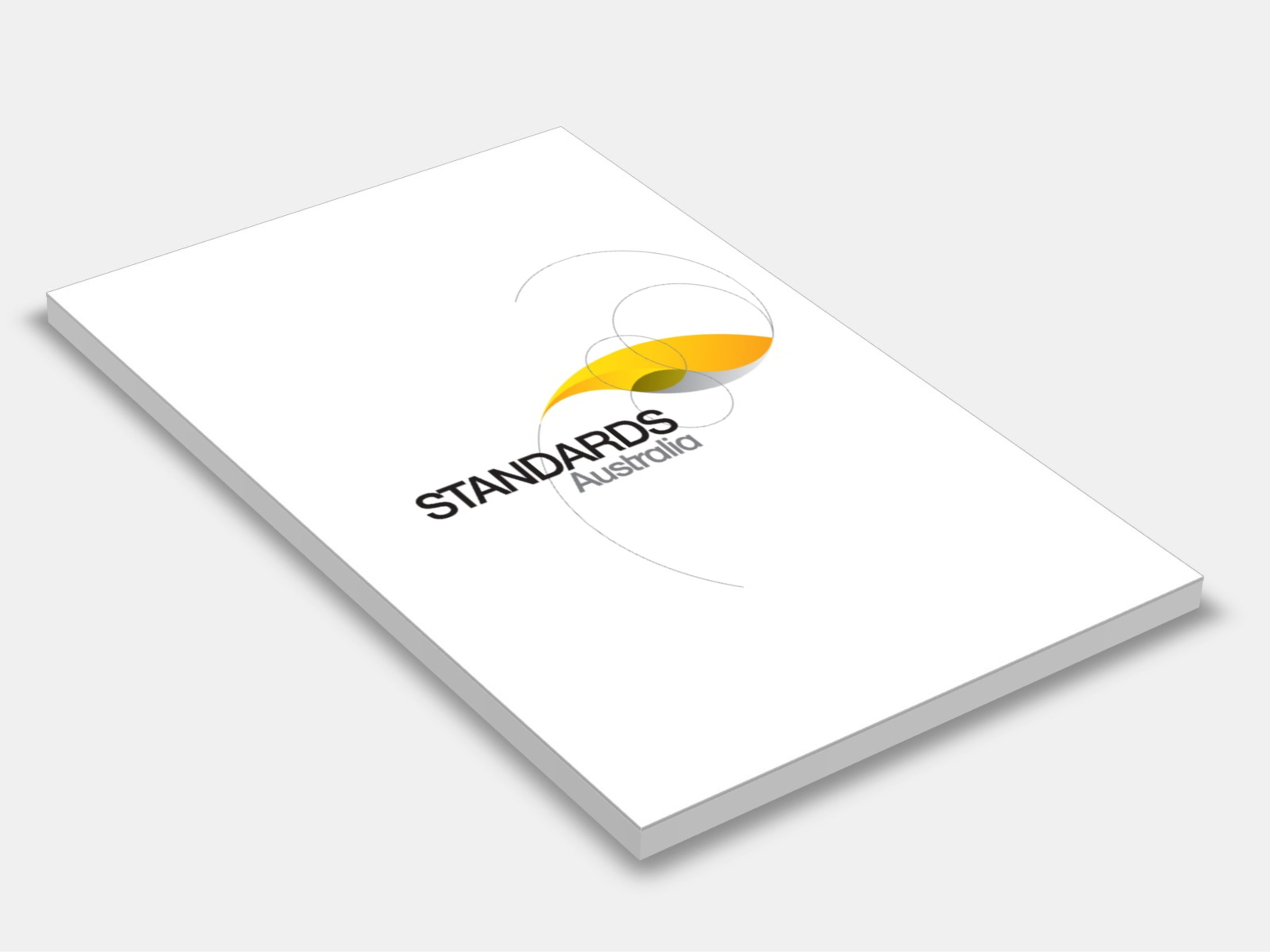
Type
Publisher
Standards Australia
Publisher
Standards Australia
Version:
Fourth Edition 2014.
(Current)
Short Description
This Standard sets out the method for obtaining samples of freshly-mixed concrete (a) directly from mixers; (b) from agitator or non-agitator units; (c) from concrete deposited in readiness for casting; and (d) from concrete deposited in the forms.
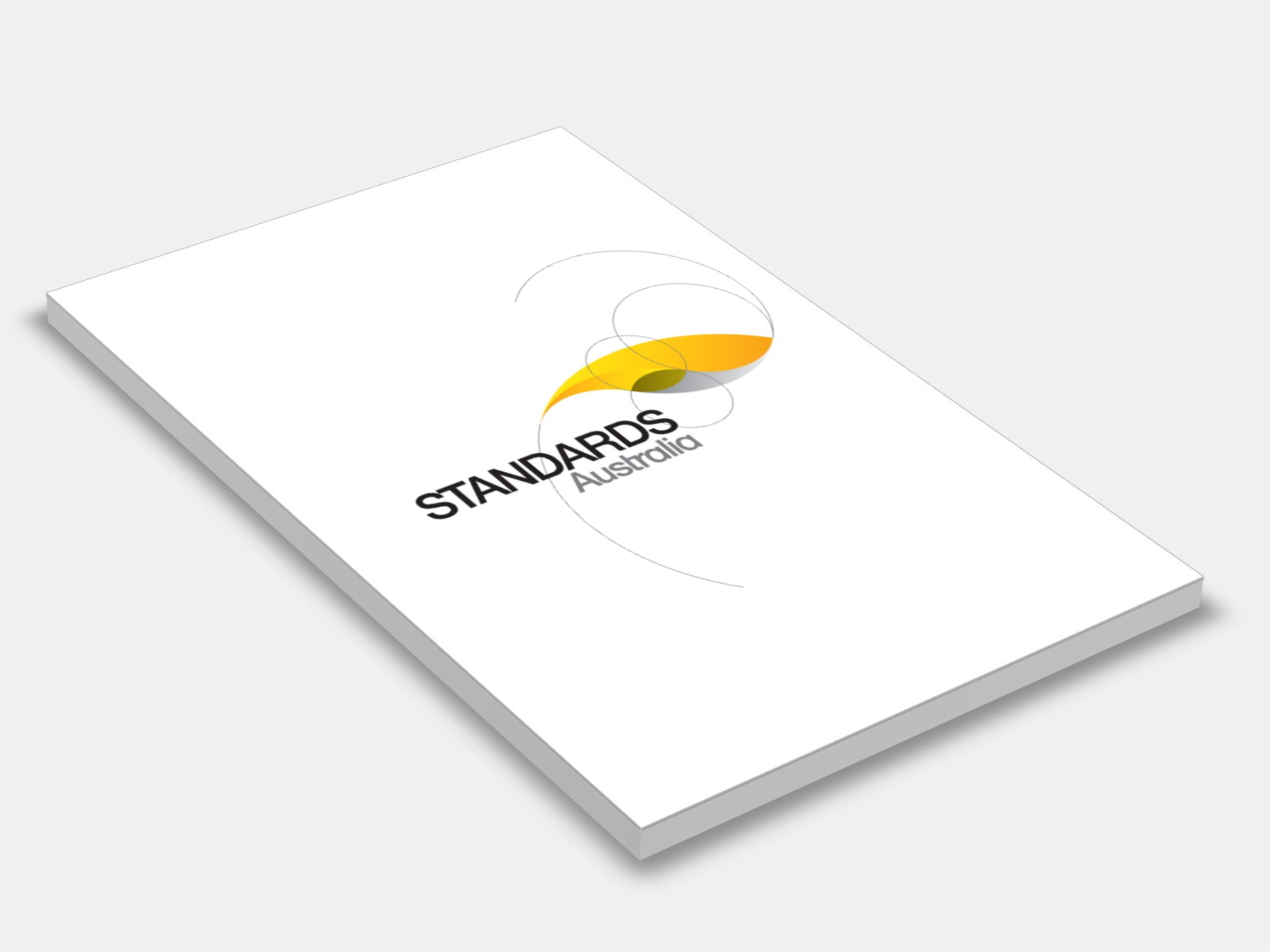
Type
Publisher
Standards Australia
Publisher
Standards Australia
Version:
Second Edition 2002.
(Current)
Short Description
This Standard sets out the method to determine the permeability of roof tiles.
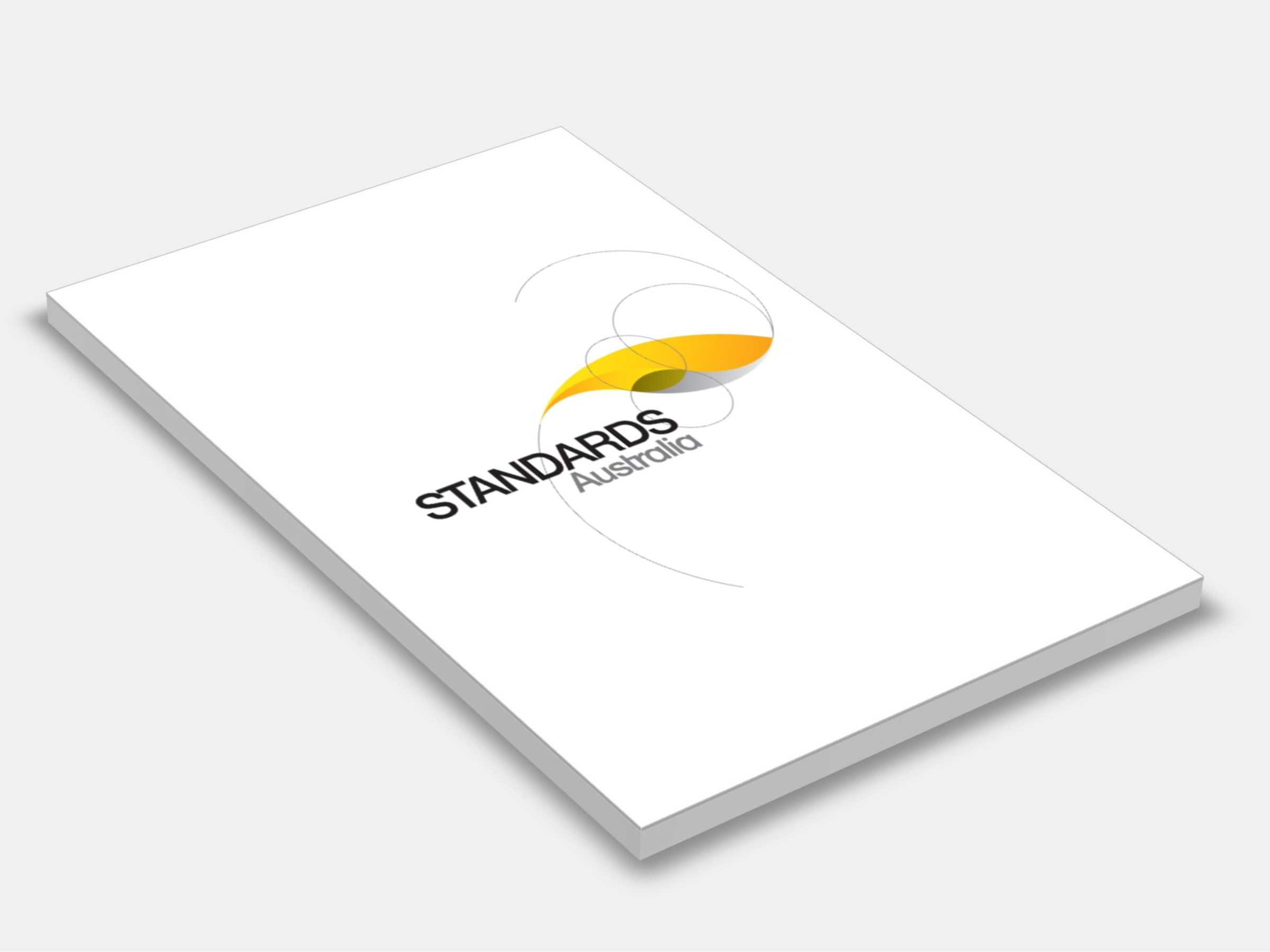
Type
Publisher
Standards Australia
Publisher
Standards Australia
Version:
Fourth Edition 2016.
(Current)
Short Description
Specifies traffic control devices to be used to control and warn traffic at and in advance of railway crossings at grade. It specifies the way in which these devices are used to achieve the level of traffic control required for the safety of rail traffic and road users, including pedestrians.